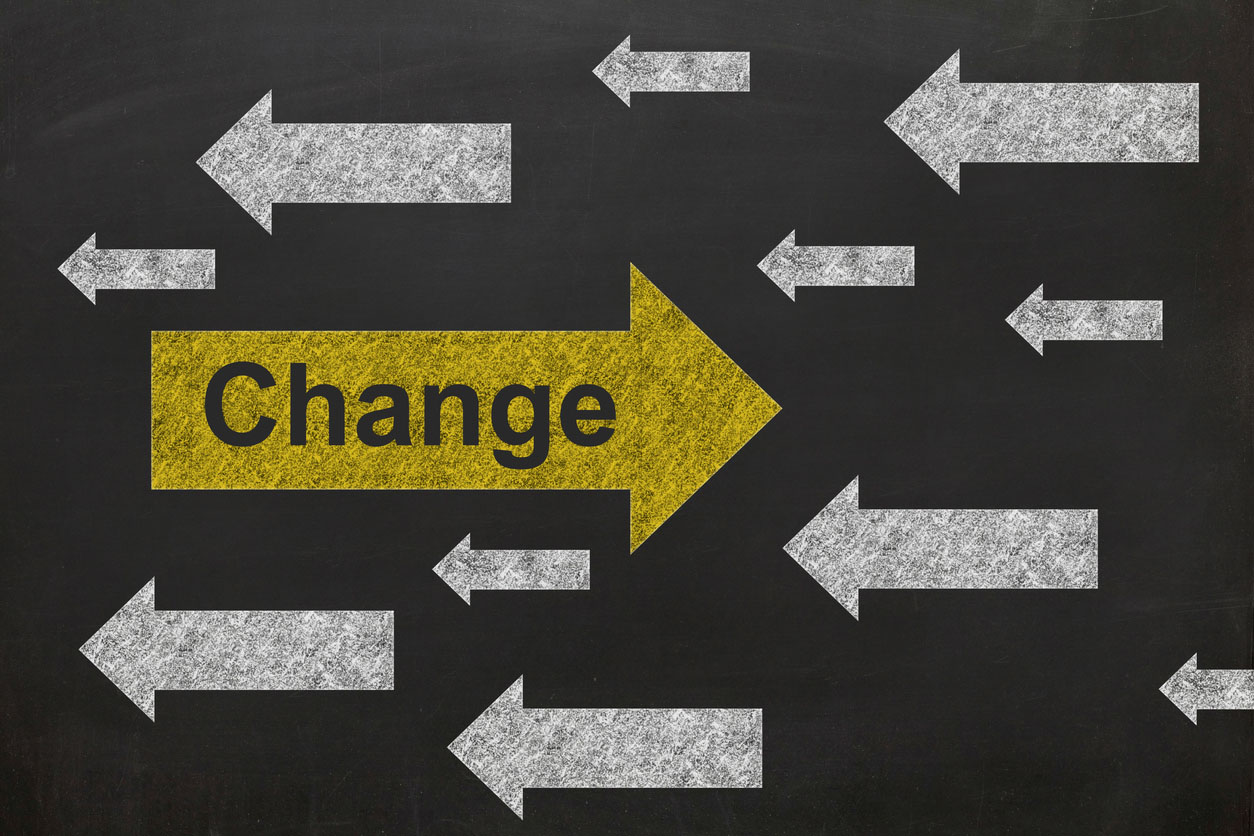It seems that nearly every day, we learn of yet another medical “breakthrough”; hi-tech and often pricey cures are commonplace. More of us take medications and undergo life-saving procedures.
Yet a series of recent articles in the Wall Street Journal (sorry—paywalled for some) highlight how critical aspects of Americans’ health are deteriorating.
One, entitled “Cancer Is Striking More Young People, and Doctors Are Alarmed and Baffled” heralds:
“Cancer is hitting more young people in the U.S. and around the globe, baffling doctors. Diagnosis rates in the U.S. rose in 2019 to 107.8 cases per 100,000 people under 50, up 12.8% from 95.6 in 2000, federal data show.”
Worldwide, the uptick is even starker, with a BMJ Oncology review finding:
“In 2019, the incidence number of early-onset cancer was 3.26 million, a 79.1% increase from 1990.”
This notwithstanding the fact that we’re curing more cancers with precision medicine; cancer death rates are down by a third since 1991. Notable improvements have been seen in early detection and treatment for breast cancer with the five-year risk of death from breast cancer falling from about 14% for women diagnosed in the 1990s to about 5% for women diagnosed around 2015.
And lung cancer deaths are decreasing, not so much because we’ve licked the disease but simply because smoking bans have had their impact.
But despite improvements in treatment, there’s more cancer:
“Through the end of 2019, incidence rates were increasing for some of the most common cancers, including breast, pancreatic, uterine, renal and HPV-related oral cancers, as well as melanoma.”
U.S. cancer cases are projected to reach a record high—over 2 million cases—in 2024.
So, to echo Buffalo Springfield, “There’s something happening here—what it is ain’t exactly clear”.
Early cancer is a “canary in the coal mine”. To remind you of the meme’s origins, before the advent of sophisticated air quality monitoring equipment, miners used to bring canaries down into the shafts, and long before poison gases posed harm to the workers, the canaries would topple off their perches, forecasting danger.
It’s thought that some cancers are simply the result of living longer. Eventually, mutations accumulate as cells divide over time, and the body’s self-repair mechanisms progressively weaken with age, hence the cancers that afflict so many seniors.
But when that process is accelerated, as in once rare cancers soaring in incidence among under-50 adults, it becomes apparent that some things in the environment are the instigators.
What concatenation of factors could bring about this calamity? There are a lot of potential culprits.
Chief among them is food. The American diet has changed dramatically since the 1970s, when the earliest cohort of these premature cancer victims were born. The high representation of GI cancers like colon, stomach, and pancreas cancer among early cancers suggests that ultra-processed food, with its myriad additives, paucity of protective nutrients and fiber, and high glycemic load is to blame.
Then there are the environmental chemicals that have proliferated in recent decades. While air quality is undeniably improving, they’re ubiquitous and include such scourges as glyphosate and PFAS “forever chemicals”. There’s increasing awareness of xenoestrogens and endocrine disruptors that may account for an uptick in reproductive cancers.
One thing I’m especially worried about are microparticles and even tinier nanoparticles from plastics. Plastic doesn’t decompose like organic materials; instead, it disintegrates into progressively smaller fragments—eventually so tiny that they may traverse barriers in the skin, the GI tract, and the lungs, to enter circulation and even penetrate cells. The long term consequences are unknown. A recent Columbia study of bottled waters showed that we may have vastly underestimated the pervasiveness of microplastics by ten to one hundred-fold.
Alternatively, it may be that younger people have been rendered less resilient by virtue of the very hygiene measures that freed previous generations from the threat of killer infections. It may be that early life exposure to germs primes the immune system for resistance to cancer. Vaccines, disinfectants, antibiotics and sterile environments stave off infections, but hobble young people’s defenses.
Finally, there’s sedentary lifestyle, a contributor (along with diet) to early-onset obesity and metabolic syndrome, rates of which are soaring among children and adolescents. There’s a direct line between insulin resistance and inflammation, an instigator of cancerous changes in cells.
Alcohol may be a factor in the increased prevalence of cancer in young to middle aged individuals. According to a review, more US adults between 35 and 50 years old are binge drinking than ever before. Alcohol has been shown to boost risk of many cancers; it’s estimated that 3.5% of US cancer deaths are attributable to drinking.
Parenthetically, stress, via inflammation, is linked to metabolic syndrome. It might seem like a reach, but could pervasive stress, manifested by the soaring prevalence of anxiety and depression among today’s young people, be partially responsible for heightened risk of early-onset cancer?
Nor are deficiencies in our healthcare system confined to the young. A subsequent Wall Street Journal article highlights the flip side: “The Downside of a Longer Life: More Time Spent Sick”:
“Americans are living longer, but spending less time in good health. The estimated average proportion of life spent in good health declined to 83.6% in 2021, down from 85.8% in 1990.”
The article maintains that, despite breakthroughs that enable Americans to survive life-threatening diseases, we spend more time in our later years in poor health sustained by a plethora of often debilitating medical interventions.
We’re talking the crucial difference between life span and health span.
Because medicine prioritizes high-tech fixes, it ignores less lucrative and less spectacular initiatives that could make added longevity more enjoyable. These are primarily lifestyle-based.
There may be some good news on that front.
A novel bill just passed by the New York State legislature calls for the Department of Health to:
“. . . develop, maintain, and distribute to licensed physicians in the state a resource library related to continuing medical education courses and training opportunities regarding nutrition, which may include but not be limited to plant-based nutrition, clinically proven methods for the prevention, reversal, and treatment of diet-related illnesses . . .”
Bill sponsor NYS Assemblymember Linda Rosenthal (D-Manhattan) writes:
“Diet-related diseases are on the rise, yet physicians in New York State are not required to receive continuing education on the topic of nutrition and its impact on such diseases. In fact, the majority of medical school curricula do not even provide students with the minimum number of hours in nutrition coursework recommended by the National Research Council. Nutrition plays a significant role in supporting our health and it’s important that physicians are empowered to discuss the topic with their patients and offer support.”
Admittedly, this does not signal that, by a bold stroke, medicine will be revolutionized through recognition of the essentiality of diet and lifestyle in the prevention of disease. But it’s a small step towards acknowledgment that doctors’ nutrition training is woefully inadequate and diet strategies under-deployed.
Medicine has delivered us remarkable cures, but it’s important not to be overawed: It’s conspicuous in its failure to address non-pharmacological prevention of disease. Early cancers and longer life with shorter health spans are unfortunate consequences. We need to do better.







